United Kingdom. The Greyhound of Richmond Features on Latest Gold and Silver Proof Tudor Beasts Coin Range
The Royal Mint and Historic Royal Palaces Enterprises release the eighth design in the popular Tudor Beasts Collection.
The Greyhound of Richmond, along with other heraldic sculptures was commissioned by Henry VIII to stand guard on the Moat Bridge at Hampton Court Palace. Their purpose was to symbolise legitimacy of the House of Tudor, as this vigilant beast connected the king to the lineage of the previous House of Lancaster. A depiction of the greyhound was first used as a royal beast by King Edward III whose reign at fifty years from 1327 to 1377 was one of the longest in English and British history. A symbol associated with qualities such as fitness and skill, as well as faithfulness and loyalty, the Greyhound was closely associated with the House of Lancaster and later became a symbol of the Tudor family when it was bestowed on Edmund Tudor by his half-brother Henry VI. After slaying Richard III at the Battle of Bosworth in 1485, Edmund’s son was crowned Henry VII as England’s first Tudor monarch. It was the use of the white greyhound in his crest which displayed both his Tudor and Lancastrian ancestry which denoted his right to rule. Henry VII used a version of the Royal Arms featuring the White Greyhound of Richmond, a powerful heraldic expression of the ancestry that denoted his right as King of England. The Tudor dynasty ruled England until the death of Elizabeth I in 1603. However, a kinsman of the Tudors inherited the English throne in the person of King James VI of Scotland who ruled as James I of England and it is his lineage that extends to Britain’s current monarch, who is a direct descendant of both King Henry VII and James I.
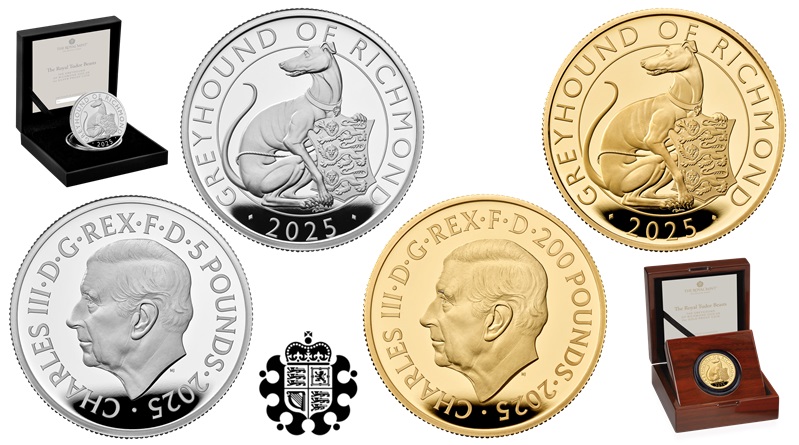
The reverse features an interpretation of the Greyhound of Richmond by collection artist David Lawrence. The Greyhound is portrayed seated with his attention alerted to the left, and guarding a shield shaped like those used for jousting, bearing the three lions of England passant guardant, fully facing front. Above the primary design and along the upper rim is the text GREYHOUND OF RICHMOND with the year of issue 2025 placed below. The obverse of each coin option features the effigy of HM King Charles III designed by Martin Jennings. The denomination from 2 POUNDS to 500 POUNDS and year of issue 2025 is included in the legend surrounding the King’s likeness. The one ounce silver Proof edition features the edge inscription ∙ HAMPTON COURT PALACE ∙ ROYAL TUDOR BEASTS and is also available as part of a two-coin set that features a coin with a *reverse frosted finish only available as part of the set.
| Denomination | Metal | Weight | Diameter | Quality | Total Mintage |
| 5 Pounds | Cupro-nickel | 28.2 Grams | 38.6 mm. | BU | Unlimited |
| 2 Pounds | .999 Silver | 31.2 Grams | 38.6 mm. | Proof | 2760 |
| 2 Pounds | .999 Silver | 31.2 Grams | 38.6 mm. | Reverse Proof | *250 |
| 5 Pounds | .999 Silver | 62.4 Grams | 40 mm. | Proof | 456 |
| 10 Pounds | .999 Silver | 156.29 gr. | 65 mm. | Proof | 81 |
| 10 Pounds | .999 Silver | 312.59 gr. | 65 mm. | Proof | 46 |
| 25 Pounds | 999.9 Gold | 7.8 gr. | 22 mm. | Proof | 385 |
| 100 Pounds | 999.9 Gold | 31.21 gr. | 32.6 mm. | Proof | 135 |
| 200 Pounds | 999.9 Gold | 62.42 gr. | 40 mm. | Proof | 41 |
| 500 Pounds | 999.9 Gold | 156.295 gr. | 50 mm. | Proof | 18 |
The full range of The Tudor Beasts coins are available from the 19th February as limited-edition precious metal proof editions and are custom presented in a variety of options according to their metal, weight and denomination. The Brilliant Uncirculated cupro-nickel £5 edition is available and presented in a colourful folder with images and informative text. Each coin is accompanied by presentation that explores the heraldic meaning of the Greyhound of Richmond, the influence of fine art on Tudor heraldry and the creation of the original stone beasts. For additional information, please visit the e-webshop of the Royal Mint.

Download the Greysheet app for access to pricing, news, events and your subscriptions.
Subscribe Now.
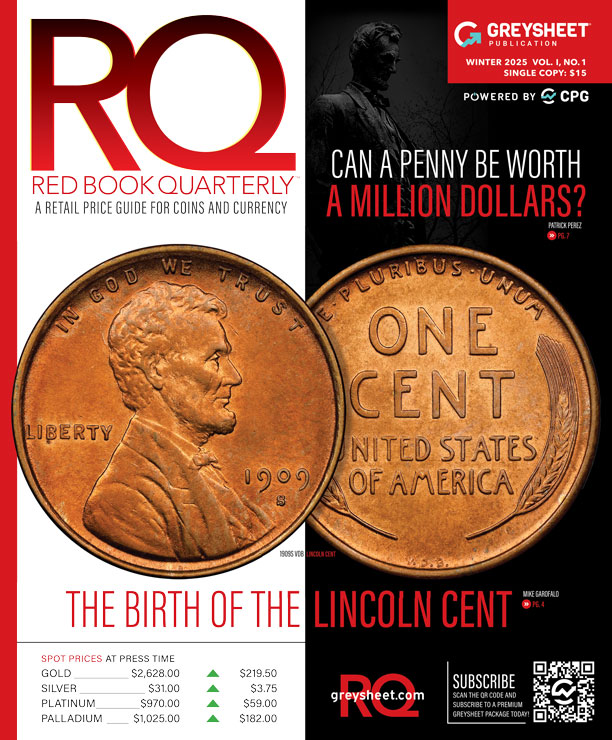
Subscribe to RQ Red Book Quarterly for the industry's most respected pricing and to read more articles just like this.
Author: Michael Alexander


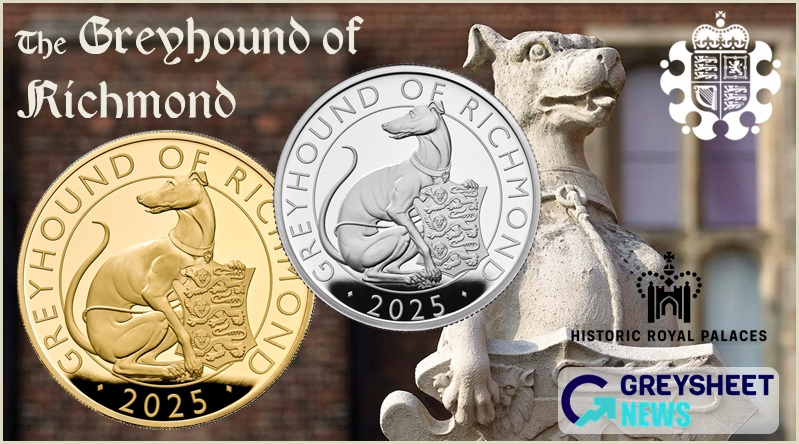






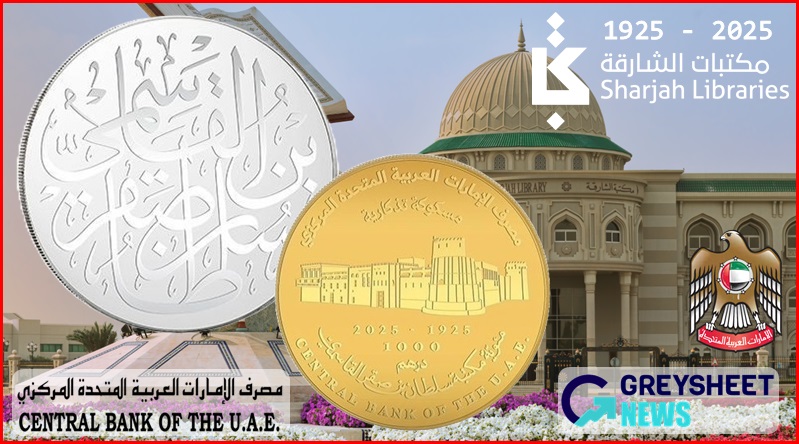
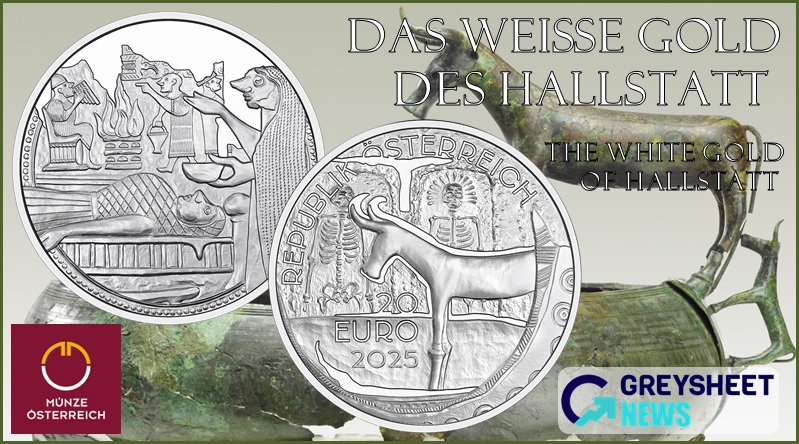
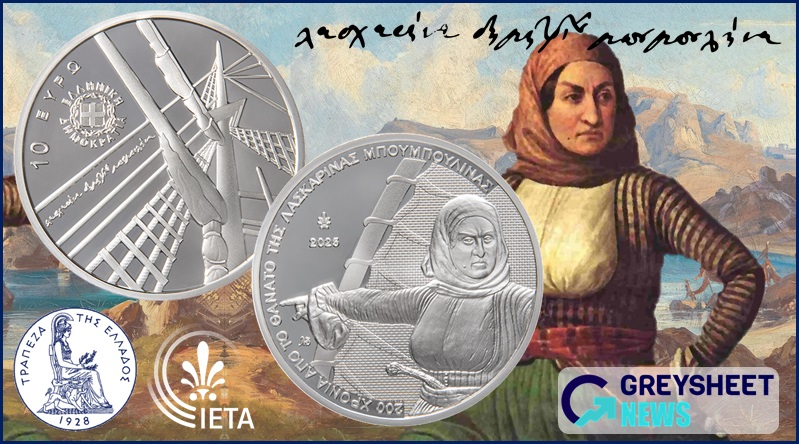
Please sign in or register to leave a comment.
Your identity will be restricted to first name/last initial, or a user ID you create.
Comment
Comments